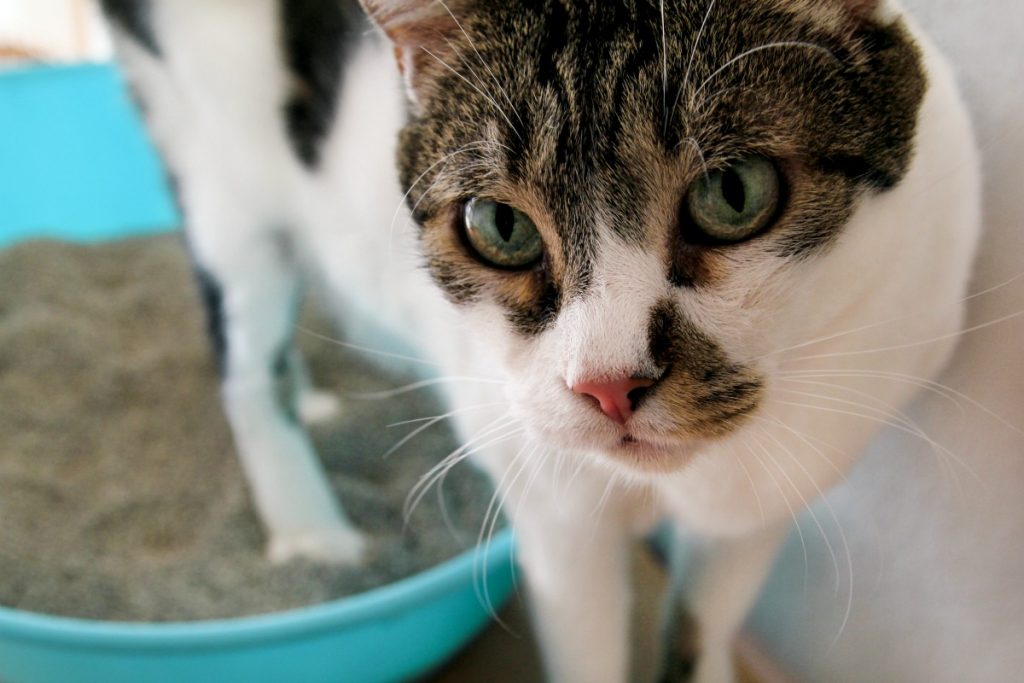Diabetes mellitus is a serious condition that can affect our senior cats. Owners often notice that their cat is sudden at the water dish more often and using the litter box more frequently. Other changes owners may see include weight loss despite having an increased appetite, vomiting, diarrhea, and occasionally cats can develop an abnormal walk in their back legs.
In diabetic cats, the pancreas produces some insulin but not enough to allow the sugar in the bloodstream to enter the cells where it is needed. Cats who are obese are at unusually high risk of developing the disease. Diagnosis of diabetes often involves a good history, physical exam, bloodwork and urinalysis. Bloodwork often shows a high blood sugar level, and the urinalysis will reveal sugar in the urine. Cats who are diabetic are also at high risk of developing a secondary urinary tract infection. It is important to diagnose and treat secondary infections such as a urinary tract infection, pancreatitis, or dental disease as these can all make cats more resistant to the effects of insulin.
Once the diagnosis of diabetes has been made, your veterinarian will discuss treatment options. Most cases will need to be started on insulin injections every 12 hours. Some cats are lucky and can go into a state of remission within a month of diagnosis while others may need doses lifelong.
If the cat is overweight, a dietary plan will be recommended to help them lose weight safely. Most cats are recommended to transition slowly to a low carbohydrate diet.
After the initial diagnosis, there is often follow up bloodwork to help determine the appropriate dose of insulin needed for the cat. Once diabetes is regulated, many cats can enjoy a very happy and healthy life!
Written By: Dr. Sarah Wells, DVM




